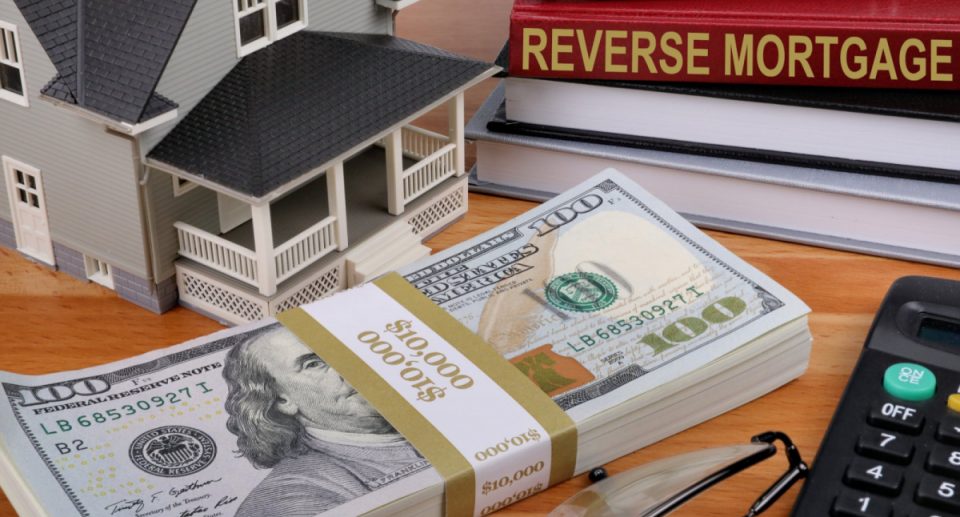How Does a Hybrid Reverse Mortgage Work?

In the evolving landscape of financial products for retirees, the hybrid reverse mortgage stands out as a flexible and innovative option. But what exactly is a hybrid reverse mortgage, and how does it work? This blog post will explore the mechanics, benefits, and considerations of this unique mortgage product to help you understand its potential impact on your financial strategy.
A hybrid reverse mortgage combines elements of traditional reverse mortgages with features of other financial products, such as home equity lines of credit (HELOCs) and annuities. This hybrid structure aims to provide homeowners with greater flexibility and tailored options to suit their financial needs and goals.
Key Features of a Hybrid Reverse Mortgage

- Flexible Payment Options: Unlike standard reverse mortgages, which typically offer lump sum, monthly payments, or lines of credit, a hybrid reverse mortgage can combine these options. Borrowers might receive an initial lump sum followed by monthly payments, or they might access funds through a line of credit as needed.
- Growth Potential: The line of credit component in a hybrid reverse mortgage can grow over time, often at a rate tied to the loan’s interest rate. This growth feature can provide a larger pool of funds in the future, enhancing financial security.
- Interest Rate Choices: Hybrid reverse mortgages may offer both fixed and adjustable interest rate options. Borrowers can choose the rate structure that best suits their financial strategy and risk tolerance.
- Customized Solutions: Hybrid reverse mortgages integrate aspects of different financial products to offer customized solutions that can be tailored to the borrower’s specific financial situation and objectives.
How a Hybrid Reverse Mortgage Works: Step-by-Step

- Initial Consultation and Assessment: The first step involves meeting with a reverse mortgage specialist to discuss your financial needs, home equity, and goals. This consultation helps determine whether a hybrid reverse mortgage is suitable for you.
- Application Process: Once you decide to proceed, you’ll complete an application and provide necessary documentation such as proof of age, home ownership, and income details. The lender will conduct a financial assessment to ensure you can meet ongoing obligations like property taxes and insurance.
- Home Appraisal: An appraiser will evaluate your home to determine its current market value. This appraisal is crucial as it influences the amount you can borrow.
- Loan Structuring: Based on the appraisal and your financial assessment, the lender will structure your hybrid reverse mortgage. This structure will include details on the initial lump sum, monthly payments, line of credit, and interest rate choices.
- HUD-Approved Counseling: Similar to traditional reverse mortgages, you must complete a counseling session with a HUD-approved counselor. This step ensures you understand the loan terms, implications, and alternative options.
- Loan Approval and Closing: Once all requirements are met, the lender will approve the loan. During the closing process, you’ll sign the necessary documents, and the loan proceeds will be disbursed according to the agreed structure.
Real-Life Scenario: How a Hybrid Reverse Mortgage Can Benefit You

Consider the scenario of Mary and James, a retired couple living in Denver. They own a home valued at $800,000 and are looking for a way to access their home equity to supplement their retirement income and cover potential healthcare costs.
After exploring their options, they opt for a hybrid reverse mortgage. Here’s how it works for them:
- Initial Lump Sum: They receive an initial lump sum of $200,000, which they use to pay off existing debts and make necessary home renovations.
- Monthly Payments: They set up monthly payments of $1,500, providing a steady income stream to cover their living expenses.
- Line of Credit: They also establish a line of credit for $100,000, which grows over time. This line of credit serves as a safety net for unexpected medical expenses or other financial needs.
- Interest Rate Choices: They choose a fixed interest rate for the lump sum and monthly payments, ensuring predictable costs, while the line of credit has an adjustable rate, allowing for potential growth.
This customized approach allows Mary and James to address their immediate financial needs while ensuring long-term security and flexibility.
Considerations

While a hybrid reverse mortgage offers many benefits, it’s essential to consider the following:
- Complexity: The hybrid structure can be more complex than traditional reverse mortgages. Ensure you fully understand the terms and implications before proceeding.
- Costs and Fees: Be aware of the loan’s costs, including origination fees, closing costs, and potential interest rate changes.
- Impact on Inheritance: Using a reverse mortgage will reduce the equity in your home, which may affect the inheritance you leave to your heirs.
- Ongoing Obligations: Borrowers must continue to pay property taxes and homeowner’s insurance and maintain the home. Failure to meet these obligations can result in the loan becoming due and payable.
Conclusion

A hybrid reverse mortgage can be an excellent option for homeowners looking to maximize their home equity while enjoying financial flexibility. By understanding how it works and considering both the benefits and potential drawbacks, you can make an informed decision that aligns with your financial goals. Whether you need immediate funds, a steady income stream, or a growing line of credit for future needs, a hybrid reverse mortgage offers a versatile solution to enhance your retirement strategy.





